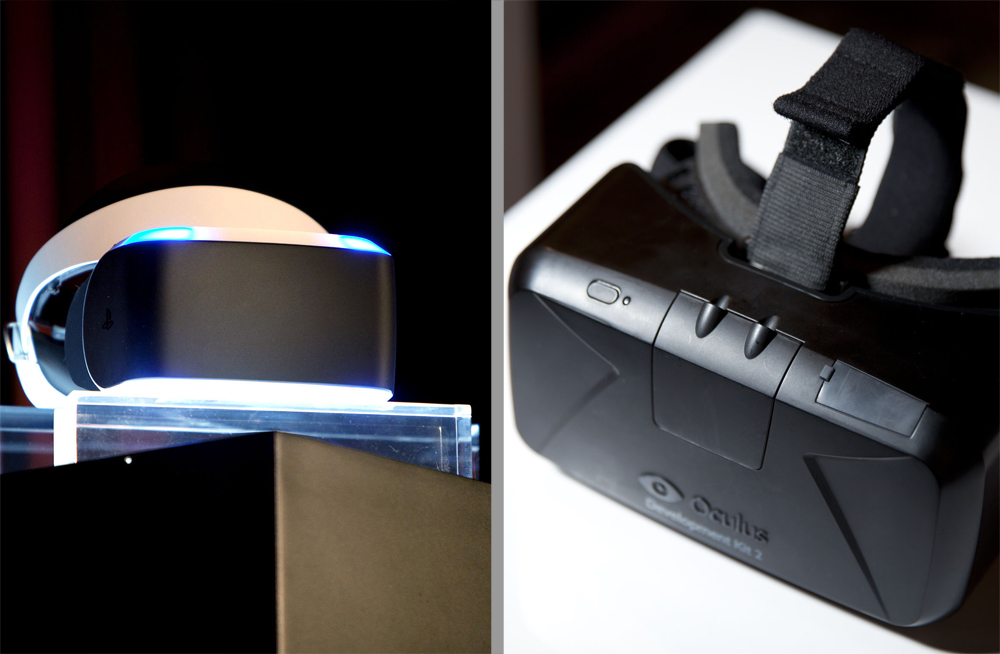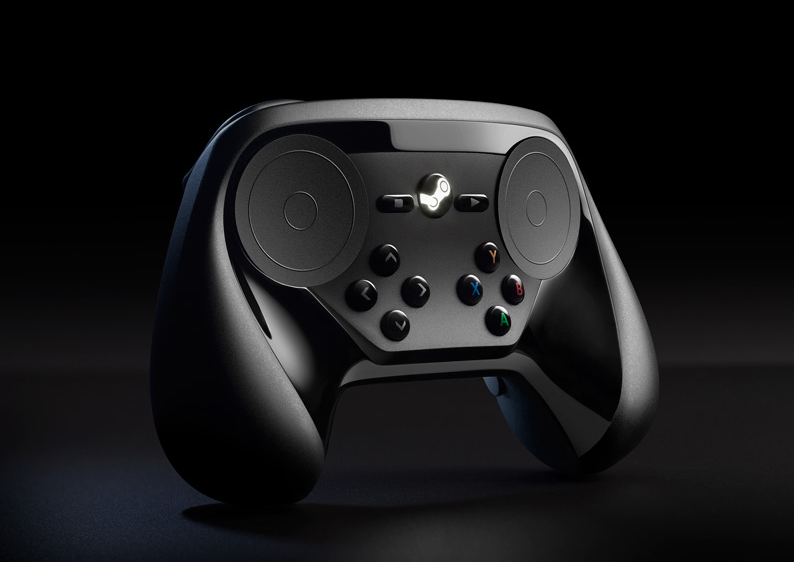The 2014 Game Developers Conference is underway at the Moscone Center in San Francisco, CA this week. Compared to the well known E3 Expo, GDC is a lot smaller and less flashy, but it’s far more informative. We often see early glimpses of E3 launch titles and can get a good idea of current and future industry trends. This kind of information is crucial to us at CYBERPOWERPC, as we always want to stay ahead of the curve and offer up the latest technologies to our customers when they become available.
So far this year we’ve witnessed a few announcements and product showcases that we thought were worth sharing with our readers. First up is Microsoft’s announcement of DirectX 12. DirectX is a primarily graphical API that dictates what kinds of effects and technologies can be incporated into games and how they are implemented. In recent years DirectX 10 and 11 have awed gamers with significantly enhanced realism and visual effects in games like Crysis, Bioshock Infinite, and Battlefield 4. DirectX 12 looks to continue the trend of advancement by offering several improvements over the existing API, such as:
- Better support for multiple CPU cores (ed’s note: FINALLY!)
- Developer access to lower-level hardware functionality for increased performance
- Multi-platform support for easier porting
We likely won’t see any true DirectX 12 titles until very late 2015 or early 2016, but it is rumored that even current hardware from Intel, NVIDIA, and AMD will be able to support it as soon as it is launched.

Another emerging trend that has been in nascent stages for a few years now is virtual reality technology. Of course VR has been a sort of cutting-edge, sci-fi idea for quite a while, and early technology adopters have long had the chance to experience relatively basic devices like Nintendo’s Virtual Boy and even eMagin’s 3DVisor, but it hasn’t been until recently that legitimately immersive and promising products have become available. The obvious example here is OculusVR’s Rift (Oculus Rift), which has been wowing testers and hardware analysts since its successful kickstarter campaign and subsequent demo products. Time will tell how long it takes for mass adoption of a product like this, as it is still in the pre-order phase and there’s not really an announced launch date for consumer-ready hardware, though perhaps the introduction of a new competitor will help to spur production. Sony introduced it’s Project Morpheus headset at GDC – a VR headset designed to work with PlayStation 4 and integrate with existing controllers. While Oculus Rift is for PCs, Morpheus looks to be a PS4 exclusive. Both things seem awesome regardless of their platforms.
Of particular importance to us at this show was the introduction of the next design iteration for Valve’s Steam Machine controller. We have been working on our Steam Machine product pretty tirelessly for a while now and have a pretty well-formed opinion of the early controller samples we received. The new version seems to offer a much more “traditional” button configuration that should make for a smaller learning curve for people who are migrating from other game controllers. Though we’re kind of sad to see the touch screen LCD idea tossed, this less-ambitious design is probably for the better, as user experience and ergonomics of this controller will critically influence how well the platform does overall.
Finally, the launch of Epic’s Unreal Engine 4 and the increased option of Crytek’s CryENGINE by game developers is good news for PC gamers and system manufacturers alike. When new games with super advanced graphics come out, gamers need the latest hardware in order to run the game at max settings for the optimal experience. As a system manufacturer, we have the opportunity to integrate that hardware into our machines and offer it to gamers who are in need of an updated gaming rig.
We’ll try to gather up some more noteworthy tidbits from GDC2014, including awards coverage, new game and hardware announcements, and perhaps even some photos of interesting things seen on the show floor.

